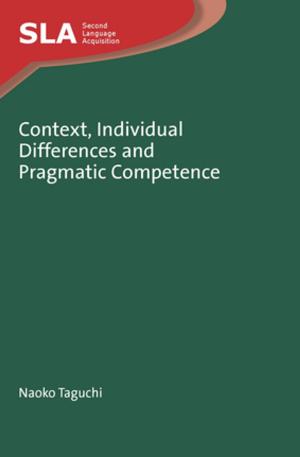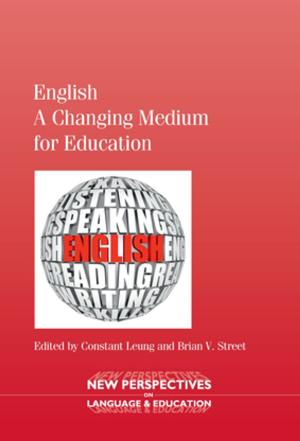Conceptualising Integration in CLIL and Multilingual Education
Nonfiction, Reference & Language, Language Arts, Study & Teaching, Linguistics| Author: | ISBN: | 9781783096152 | |
| Publisher: | Channel View Publications | Publication: | August 18, 2016 |
| Imprint: | Multilingual Matters | Language: | English |
| Author: | |
| ISBN: | 9781783096152 |
| Publisher: | Channel View Publications |
| Publication: | August 18, 2016 |
| Imprint: | Multilingual Matters |
| Language: | English |
Content and Language Integrated Learning (CLIL) is a form of education that combines language and content learning objectives, a shared concern with other models of bilingual education. While CLIL research has often addressed learning outcomes, this volume focuses on how integration can be conceptualised and investigated. Using different theoretical and methodological approaches, ranging from socioconstructivist learning theories to systemic functional linguistics, the book explores three intersecting perspectives on integration concerning curriculum and pedagogic planning, participant perceptions and classroom practices. The ensuing multidimensionality highlights that in the inherent connectedness of content and language, various institutional, pedagogical and personal aspects of integration also need to be considered.
Content and Language Integrated Learning (CLIL) is a form of education that combines language and content learning objectives, a shared concern with other models of bilingual education. While CLIL research has often addressed learning outcomes, this volume focuses on how integration can be conceptualised and investigated. Using different theoretical and methodological approaches, ranging from socioconstructivist learning theories to systemic functional linguistics, the book explores three intersecting perspectives on integration concerning curriculum and pedagogic planning, participant perceptions and classroom practices. The ensuing multidimensionality highlights that in the inherent connectedness of content and language, various institutional, pedagogical and personal aspects of integration also need to be considered.















